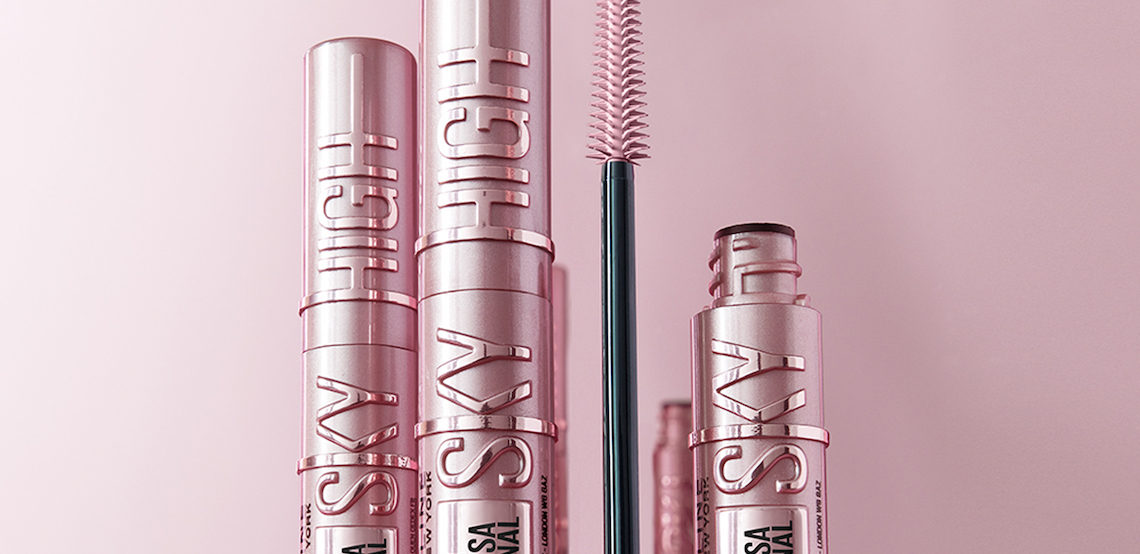Vintage Shapewear – Fifties Fashion Needs a Fifties Silhouette
Fifties and sixties shapewear is in the news again, partly as a result of the TV series Mad Men. Actresses don the original sixties pull-on girdles to achieve those shapely figures women enjoyed flaunting all through the fifties until the call came for them to ‘burn their bras’ and become liberated! Now those fashions are back with a vengeance.
Some people collect vintage shapewear purely for the pleasure of owning a collection of vintage fashion history, others buy to wear and others still buy as an investment. Unlike the modern retro copies there are a variety of pitfalls to negotiate if you are entering the field of vintage girdles and corsetry for the first time. The first question that I am often asked is why someone should buy fifties lingerie when there is already such a wide choice of modern lingerie available. The detailing and hand finishing on exquisite fifties satin bullet bras and the art deco inspired stitching on fifties long line girdles has to be seen to be believed. It would be impossible for modern shapewear, which is mass-produced to come close to this level of workmanship, without costing a small fortune.
The following tips should give you the background you need when starting your own vintage lingerie collection.
Sizing: size specification has altered considerably over the years – you should be aware that a modern size 12 will be considerably bigger than a size 12 from the fifties, and also sizing is varies in different countries – a US size 12 could be a UK size 16!
Materials: It was rubber that gave vintage shapewear its stretch characteristics. The modern counterparts are Lycra and elastane. Sadly vintage lingerie containing latex is particularly susceptible to deterioration over time, even more so if the garments have not been stored in temperature-controlled conditions. If you stretch a girdle and it stays stretched then it will not be wearable and certainly will not be a collectible item either! From the forties onward some manufacturers used a form of foam rubber as padding in their corsets and corselets (effectively a longline bra and girdle joined into one garment). Frequently such vintage shapewear will not have stood the test of time – the foam rubber often becomes rock hard and inflexible or, worse, crumbles to a gritty powder.
All reputable vintage lingerie online stores will check and describe the condition of the fabric, but you do need to be especially careful if you use an online auction site to source your shapewear. Garter clips from this era used a metal frame with a rubber garter tab. So often a beautiful fifties girdle is rendered less desirable by the rubber tab hardening – the first time one tries to open the garter clip the tab cracks and crumbles. Of course if you are very handy with a needle and thread it is possible to replace the garter tabs; the resulting garment will still be a delight to wear but less attractive to the purist collector, for whom original condition and construction is very important.
Condition: The nearer the condition of the garment to ‘factory fresh’ the more collectable it will be – naturally this is more difficult to attain with items from the twenties and thirties than from the sixties. There is currently little demand for lingerie after the sixties, because at that point pantyhose all but killed the stockings, garters and girdles. Collectors look for garments that are clean, show no signs of wear and tear, no perishing of fabrics, rust or storage marks. Frankly collecting for investment tends to be risky because subtle deterioration can be ongoing without expert care – it is better to collect to enjoy wearing, with the bonus that if you treat the items with care you are likely to recoup your outlay if and when you do decide to dispose of them. Age: It is obvious that an older item in great condition is likely to be more valuable than a more recent example. Check the label – older labels will have the hand washing instructions – if you see the machine washing icons then you are looking at modern shapewear! One clue to age is the older garments will have rubber, cotton, rayon used…more modern garments will have Lycra. Bear in mind that if the labels have been removed from the garment then it is unlikely to be of much interest to a collector. Another clue to age is that items from the forties often had the ‘utility label’, looking like a pair of ‘pac men’. The holy grail for collectors, is to get find ‘new old stock’, often sold with the acronym ‘NOS’ – not only will the labels be intact but the original cardboard sales tag will be on the garment, and maybe even the original packaging.
Being able to shop online has boosted the popularity of vintage shapewear, but as with any other collectible item, it is always a case of ‘buyer beware’ – the more detailed the item description, covering sizing, labeling and condition, and the more detailed the photographs, the more confidence you can have in buying. If you are buying on an auction site, check how long has the seller been a member of the site. Check the member’s feedback. With all sellers whether auction or an online boutique, check the returns policy.
Source by Debbie Mendoza




